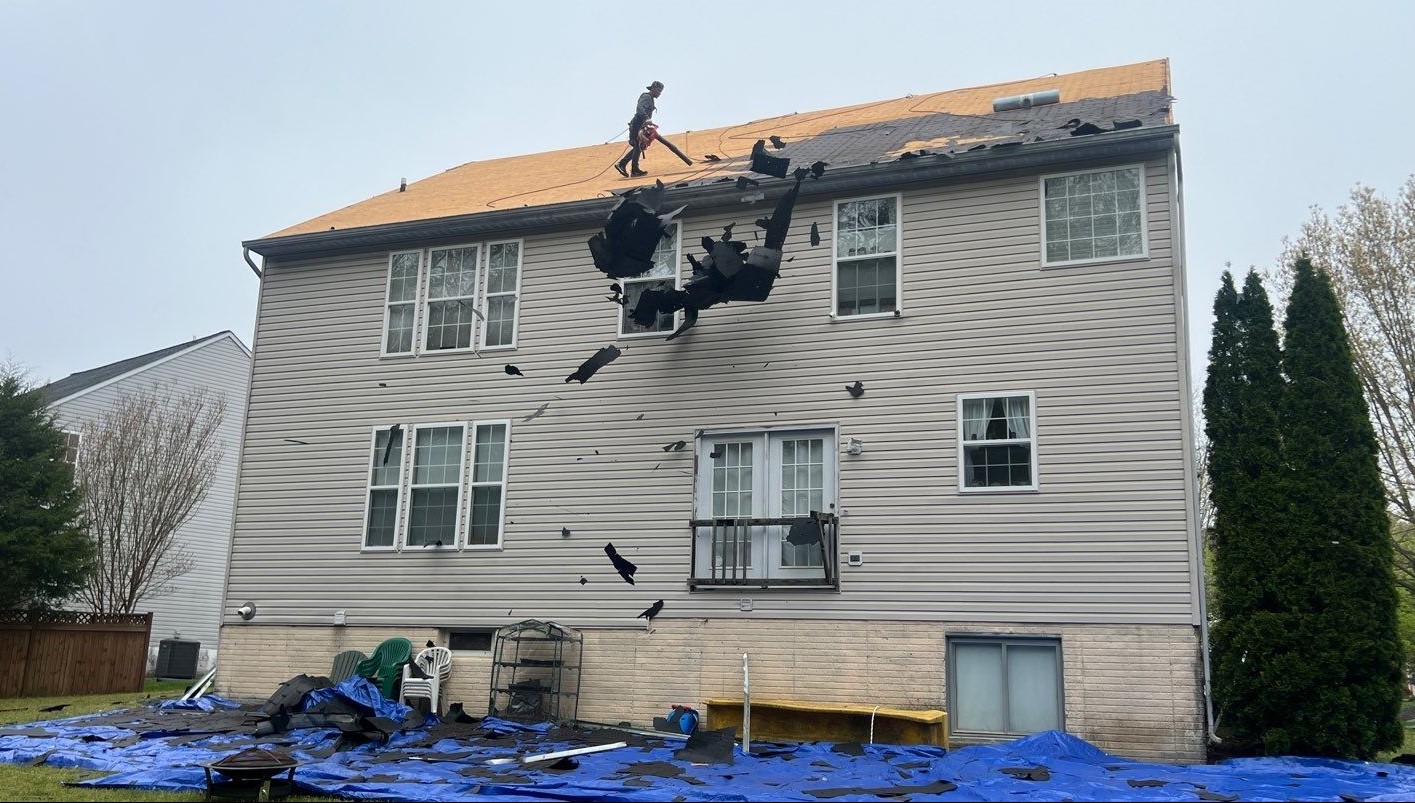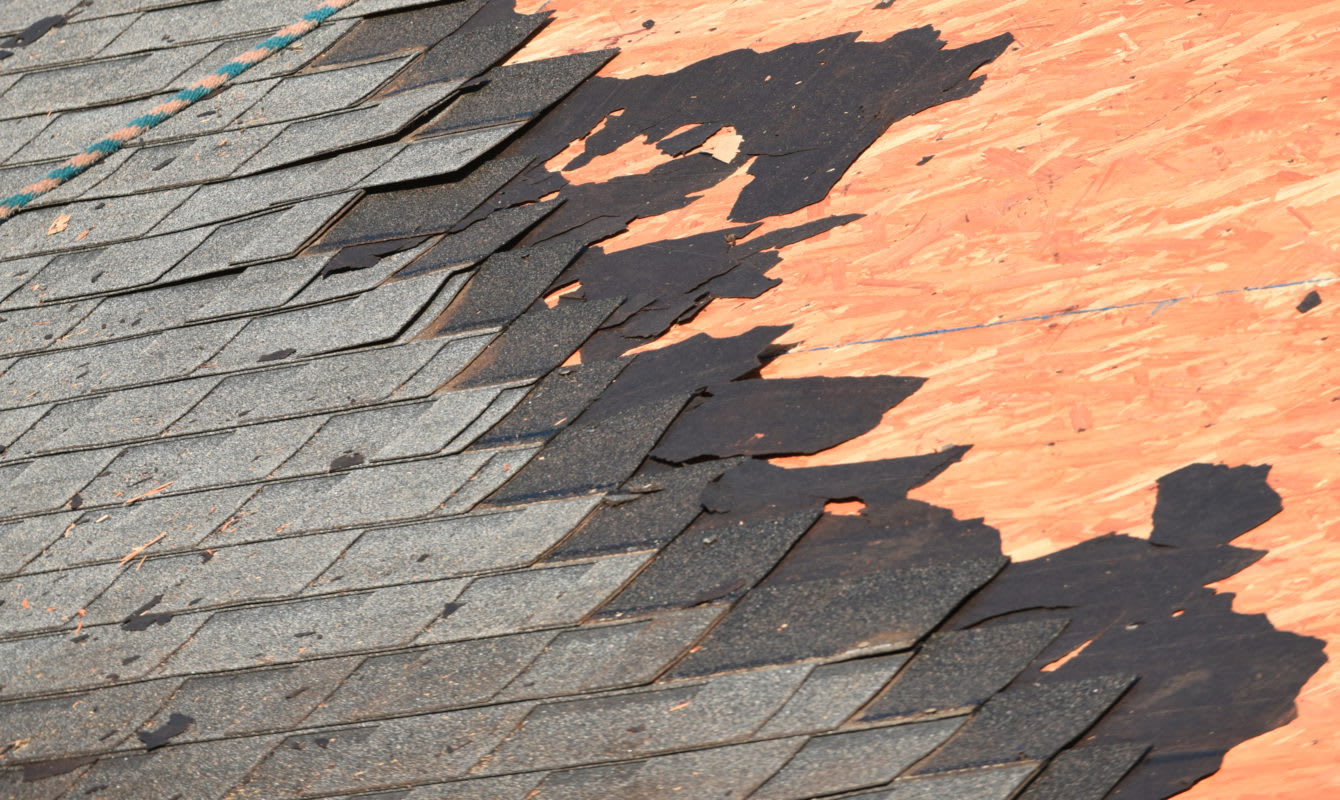Roofers Oahu: Proficient Professionals for Roof Installations and Fixes
Roofers Oahu: Proficient Professionals for Roof Installations and Fixes
Blog Article
Understanding the Different Sorts Of Roofs: A Comprehensive Overview for Homeowners
With a variety of alternatives-- ranging from the traditional gable to the modern level-- each type provides special benefits and obstacles that must line up with the house owner's details requirements and environmental considerations. As we check out the complexities of different roof kinds, it becomes evident that one size does not fit all; the best selection might amaze you.
Saddleback Roof
Gable roofings, defined by their triangular form, are among the most preferred roofing styles due to their simplicity and efficiency in shedding water and snow. This layout features 2 sloping sides that fulfill at a ridge, permitting for effective drain and reducing the danger of water build-up. The steep pitch typically related to saddleback roofs improves their ability to handle heavy precipitation, making them ideal for numerous environments.
Along with their useful benefits, gable roof coverings supply visual versatility. They can be adapted to different architectural designs, from traditional to contemporary homes. The design can likewise suit additional attributes such as dormer home windows, which boost all-natural light and air flow in the attic room space.
In addition, saddleback roofs give adequate space for insulation, adding to energy effectiveness. House owners can pick from a range of roof covering materials, including asphalt roof shingles, metal, and floor tiles, even more boosting personalization choices.
In spite of their advantages, gable roof coverings might need extra support in locations susceptible to high winds or heavy snowfall. Overall, the saddleback roof continues to be a preferred selection because of its mix of functionality, resilience, and aesthetic charm.
Apartment Roofs
Flat roof coverings are usually acknowledged for their minimalist style and useful applications, particularly in industrial and business setups (oahu roofing). These roofs feature a nearly horizontal or straight surface, which permits simple building and construction and versatile space use. While they may lack the visual allure of pitched roof coverings, level roofing systems offer many benefits, especially in metropolitan environments where optimizing area is vital
Among the main benefits of flat roof coverings is their accessibility. Home owners can use the roofing system space for different objectives, such as rooftop yards, balconies, or solar panel installations. In addition, level roofings are usually extra economical to preserve and install compared to their sloped counterparts, as they require less products and labor.
Common materials utilized for flat roofs consist of built-up roofing (BUR), changed bitumen, and single-ply membrane layers, each offering distinct benefits. In general, flat roofs serve as a practical and adaptable option for several house owners and organizations alike.
Hip Roof Coverings
Hip roofings are defined by their sloped sides that assemble on top, creating a ridge. This design stands out from gable roofings, as all 4 sides of a hip roof covering incline downwards toward the wall surfaces, giving a more steady structure. The angle of the slopes can differ, enabling for adaptability in architectural visual appeals and performance.
Among the key benefits of hip roofings is their capability to hold up against hefty winds and adverse climate condition. The sloped surfaces make it possible for much better water drainage, reducing the risk of leaks and water damages. Furthermore, hip roofings provide increased attic room space, which can be made use of for storage space or also exchanged comfortable areas.
However, building a hip roofing system can be extra pricey and complex than less complex roof covering kinds, such as saddleback roofs. The extra product and labor associated with producing the slopes and making certain correct architectural stability can lead to higher expenditures. Despite these downsides, several house owners favor hip roofing systems for their find toughness, aesthetic allure, and possibility for energy effectiveness.
Mansard Roof Coverings
Mansard roof coverings, usually acknowledged by their distinct four-sided design, attribute two slopes on each side, with the lower incline being steeper than the top. This building design, originating from France in the 17th century, is not only cosmetically attractive however functional, as it maximizes the usable area in the top floorings of a structure. The high reduced incline permits for even more headroom, making it a suitable option for attic rooms or loft spaces, which can be converted into living areas.
Mansard roofing systems are characterized by their adaptability, suiting various building styles, from typical to contemporary. They can be constructed with different products, including asphalt roof shingles, slate, or steel, providing homeowners with a variety of options to match their budgets and choices. Furthermore, the style permits the integration of dormer home windows, improving natural light and air flow in the top degrees.
However, it is necessary to consider the possible disadvantages. Mansard roof coverings might require even more upkeep because of the complexity of their layout, and their high inclines can be challenging for snow and rain runoff. Overall, mansard roofing systems combine beauty with functionality, making them a popular selection amongst homeowners looking for distinctive building features.
Lost Roof Coverings
As house owners increasingly look for simplicity and functionality in their architectural styles, lost roofings have become a preferred choice. Defined by a solitary sloping aircraft, a shed roofing offers a minimal visual that matches different home styles, from modern to rustic.
One of the key benefits of a shed roofing is its simple building, which typically converts to reduce labor and material prices. This design enables efficient water drain, lowering the threat of leaks and water damage. Additionally, the vertical incline offers enough space for skylights, boosting all-natural light within the inside.
Dropped roofs also provide flexibility in regards to use. They can be efficiently integrated into additions, garages, or outside frameworks like sheds and pavilions. Additionally, this roof design can fit different roof products, consisting of metal, asphalt shingles, and even eco-friendly roofs, lining up with green campaigns.
Nonetheless, it is vital to consider regional environment conditions, as hefty snow lots might demand adjustments to the roofing's angle or framework. Generally, dropped roofing systems provide a practical and aesthetically pleasing option for property owners looking to optimize functionality without endangering design.
Verdict


Gable roof coverings, defined by their triangular shape, are amongst the most preferred roofing styles due to their simplicity and efficiency in shedding water and snow. oahu roofing. The high pitch typically associated with gable roof coverings improves their ability to handle heavy precipitation, making them suitable for various climates
While they may do not have the aesthetic appeal of pitched roofs, level roofs offer numerous advantages, especially in metropolitan environments where making best use of space more tips here is vital.

Report this page